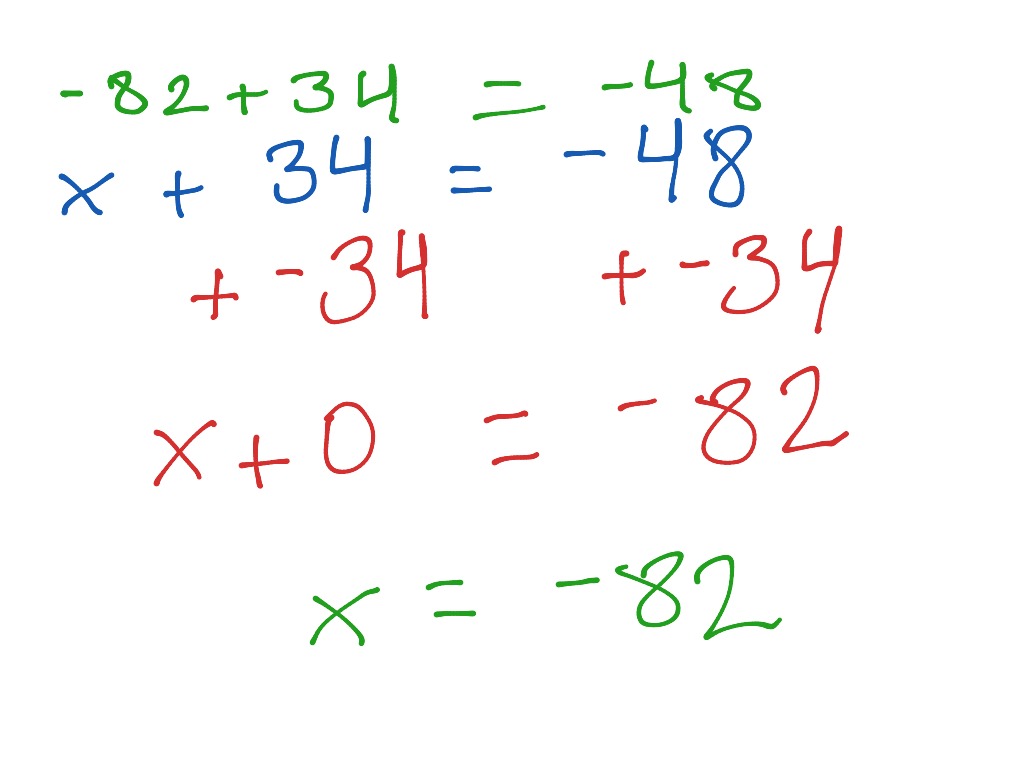

Using integration, we can find the distance given the velocity. To find ∫ f(x)/g(x) dx, decompose this improper rational function to a proper rational function and then integrate. Integration of rational algebraic functions whose numerator and denominator contain positive integral powers of x with constant coefficients is done by resolving them into partial fractions. Finding Integrals by Integration by Partial Fractions If two functions are of the product form, integrals are found by the method of integration by parts. Finding Integrals by Integration by Parts If u is a function of x, then u' = du/dx. Finding integrals by integration by partial fractions.Ī few integrals are found by the substitution method.Finding integrals by integration by parts.Finding integrals by integration by substitution method.There are several methods adopted for finding the indefinite integrals. The prominent methods are: We specify an integral of a function over an interval on which the integral is defined. The area of a region is found by breaking it into thin vertical rectangles and applying the lower and the upper limits, the area of the region is summed up. A definite integral of a function can be represented as the area of the region bounded by its graph of the given function between two points in the line. We approximate the actual value of an integral by drawing rectangles. Integral is the representation of the area of a region under a curve. If g(x) = 2x, then anti-derivative of g(x) = ∫ g(x) = x 2 Definition of Integralį(x) is called an antiderivative or Newton-Leibnitz integral or primitive of a function f(x) on an interval I. Here, the function f is called antiderivative or integral of f’. Given the derivative f’ of the function f, we can determine the function f. Integrals assign numbers to functions in a way that describe displacement and motion problems, area and volume problems, and so on that arise by combining all the small data. The process of getting f(x) from f'(x) is called integration. Calculus Made Easy by Silvanus P.Integrals are the values of the function found by the process of integration.How fast is the marble gaining speed down the hills, and how fast is it losing speed going up hills? How fast is the marble moving exactly halfway up the first hill? This would be the instantaneous rate of change, or derivative, of that marble at its one specific point. Roll the marble along an up and down track like a roller coaster.What is the rate of change, or derivative, of the marble’s speed? This derivative is what we call “acceleration.” Roll the marble down an incline and see how fast in gains speed.How fast does the marble change location? What is the rate of change, or derivative, of the marble’s movement? This derivative is what we call “speed.”.Now imagine that the rolling marble is tracing a line on a graph – you use derivatives to measure the instantaneous changes at any point on that line. You are rolling a marble on a table, and you measure both how far it moves each time and how fast it moves. Remember, a derivative is a measure of how fast something is changing. The easiest example is based on speed, which offers a lot of different derivatives that we see every day. Remember real-life examples of derivatives if you are still struggling to understand. For example, in y = 2 x + 4, This is called Leibniz's notation. In a function, every input has exactly one output. Functions are rules for how numbers relate to one another, and mathematicians use them to make graphs. Remember that functions are relationships between two numbers, and are used to map real-world relationships.


 0 kommentar(er)
0 kommentar(er)
